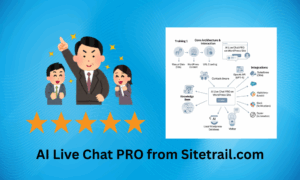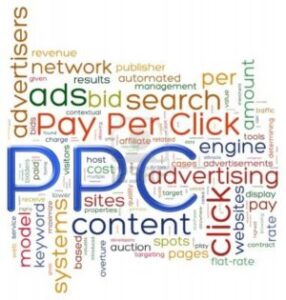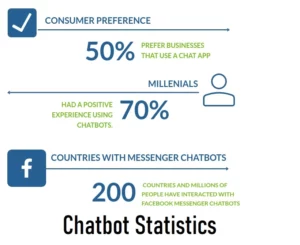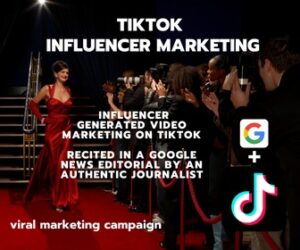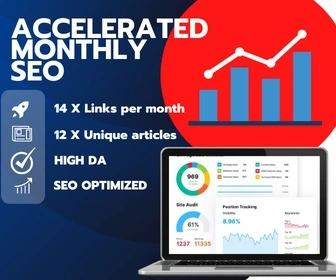Bing Ads, Google AdWords and other social paid media platforms are striking channels to foster brand awareness, sway a targeted audience, and drive revenue. But it’s normal to see that even a good campaign will lack success after the PPC click experience.
There is more than just focusing on the goal of a campaign. As the campaign itself consists of different actions that take place after a lead has been activated. For each touch point the customer reaches throughout the marketing funnel, marketers should take care how they take care of the customers. That’s since, marketers should take care of the customer during the lifetime of that lead that started with a click on an ad.
Likewise marketers can’t just declare a campaign successful. They also need to look at the return on as spend.
Campaign achievement is not each time defined by top-level metrics
Your conversion rates might be amazing. Your click through rates could be fine. And your cost per click very low. These top level metrics do not tell the full story, although they are good to read. Since if for instance your customer that has clicked on an ad and gets forwarded to a call center that does not answer their calls, or the company does not answer their emails, or worse the product is unavailable, what is the worth of that customer that clicked on the ad?
First, before approaching PPC as a marketing channel there are some checks that need to be made. Marketers should define the exact flow that the customer will experience once they have clicked on the ad. Also to fully test the customer’s experience and grasp of the process that converts that prospects to revenue.
This can be applied to PPC, re-marketing, display and even YouTube advertising. And to make you want to apply this, just think about the benefits. A great Facebook ad campaign can grow your company by 1000%. If you don’t bother to interact with the customers, they will overlook your page, your company and might even unlike you.
Concentrate on the post-click experience
At the outset ask, what the ad campaign seeks to capture from the customers. Do you want them to call you, or complete a form, or buy something from you?
All these different calls to action determines which experience and sales funnel the customer will go through after they did the actions. Thus called you, completed the form or brought that product.
It is therefore that the customer’s full journey through the marketing funnel needs to be understood and analysed. There are some aspects that you will need to pay more attention too:
That is if the CTA is a call, who will be answering it? You should ask yourself if they are trained to nurture the customer while they are taking them to the next stage in the marketing funnel. Capacity issues might impact the success.
That is if there is a lack of staff, who will answer the calls, will customers have to wait or will they just leave it?
Also if marketers are building up a database with emails that has been collected from forms, the question would be who will nurture the leads?
Then again is the product available when the customer is committing to buy? You can test the experience of the customer from the website to see how it can be optimized. More so, after the sale, is the customer receiving emails of possible other items that they might be interested in?
The why you answer the above questions will define the post click success of a PPC campaign. And will make sure that monies spent on PPC ads are spent wisely. But also that the whole marketing funnel works as a unit or if it’s broken.
Even though a PPC campaign is working well, one has to examine what this achievement means. This means that even though marketers sees conversion as the end goal, this is not really the marker of success. One should rather look beyond this. The stage after a conversion.
You might be interested in these posts:


